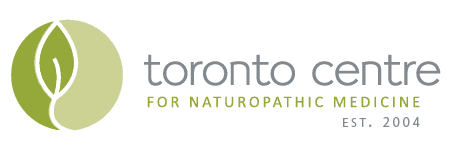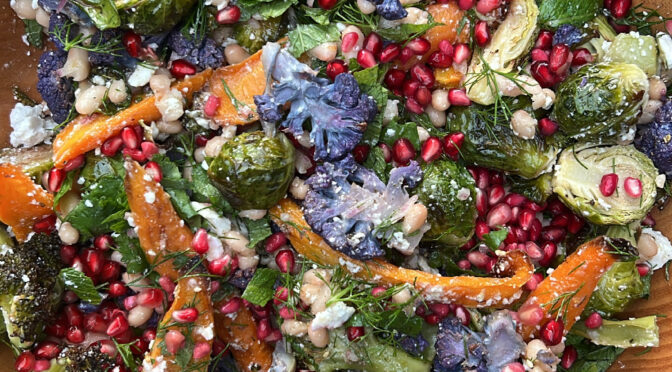Longevity, Health Span and the First Things You Need to Understand About How to Live Forever
Early in my career, I saw a patient whose main health concern was prostate health, but after we had adressed that he disclosed to me, his main goal of wanting to live to 200 years of age. At that stage in my career, the ask, took me somewhat by surprise, as the vast majority of patients I had seen had come to the office with a diagnosable health concern they had hoped to correct. Although I was able to offer some suggestions, primarily with respect to healthy lifestyle, I didn’t really have a structure in mind around which to create a plan for him. I do remember that he was not particularly motivated to change his lifestyle much, and was most interested in what today would be described as “hacks” (language that didn’t exist in the early aughts).
In the decades since, perhaps, at least partially owing to my own ageing, and also because our conceptualization of health continues to evolve, interest in longevity and health span has increased dramatically.
Understanding Longevity: How to Live Longer
I’m presently reading a book that I think would be a great interest to my patient of years ago. it is written by a medical doctor (actually originally from Toronto) called Peter Attia called Outlive: The Science and Art of Longevity. After a number of years in cancer care, he became frustrated with the western medical approach of becoming involved at a point in a patient’s health where even successful treatment often means decreased quality of life.
He describes a concept that he refers to as “Medicine 3.0” (“Medicine 2.0” is Western medicine as practised today, and “Medicine 1.0” refers to Medicine before the development of the pharmaceutical industry), that is actually very closely aligned with naturopathic medicine.
The shared focus of both “Medicine 3.0” and naturopathic medicine, is:
- Prevention of illness
- Treatment of each patient as an individual having a unique “health picture”
- A holistic view over the functioning of the human body
- Attempting to address health concerns at their “root” as opposed to management of symptoms
- The making of treatment decisions based on an “evidence informed” as opposed to a strictly “evidence based” approach
All of this ties into the “how” to live longer, but the first thing we need to understand before we can begin to tackle the problem, is to understand what exactly is the “problem” we are trying to solve.
Dr. Attia researched the differences between the lifespan of the average person, and the lifespan centenarians, those who live to 100 years and older, and has identified a key difference. In retrospect, this may appear to be common sense, but if nothing else, it offers us a concrete goal upon which to build a plan.
The secret to longevity is to not develop chronic illness.
That’s it. Persons who live very long lives, rarely develop chronic illnesses. They maintain robust health until their almost last days.
In the average person, we’ll see a gradual decline in their health beginning fairly early in their lives.
- In their 20s or 30s, this will appear as gaining body, fat, losing strength, losing flexibility, losing fitness in general.
- In their 50s or 60s the decline will accelerate as they will develop some chronic illness (heart disease, diabetes, cancer), at which point they will see a dramatic decrease in their function.
- If some “heroic” medical intervention is required, their life may be extended by some period, but at a very low quality of life.
Longevity and Health Span
Longevity and health span go hand-in-hand. On one hand, increasing health span is the mechanism by which longevity is increased, but importantly, what is the value of longevity with poor health, limited function and pain?
What is the Key to Increasing Health Span?
As it turns out, there is really one main target when trying to prevent wide range of chronic illnesses: maintaining a healthy body composition through consumption of a healthy diet and by being physically active.
Eating for Longevity
From a dietary perspective, the most significant culprit is empty, calories derived from added sugars in the diet. The average American consumes approximately 17 teaspoons of added sugar daily, or the equivalent of 270 calories, or 0.08 pounds. This equates to an extra pound every 13 days.
From a dietary health perspective, the amount we “need” is zero.
The inclusion of adequate dietary protein, particularly as we age, is a second, presently largely overlooked, factor that the vast majority of us need to address to maintain our health span. Presently, dietary advice tends to focus on foods and nutrients to be avoided to maintain health (e.g., cholesterol, saturated fat) as opposed to what are the foods that should be eaten.
Physical Activity for Longevity
Exercise is described by Dr. Attia as the single most potent anti-aging drug a person can use. The benefits of exercise directly relevant to extending longevity are far beyond the current “Medicine 2.0” conceptualization that the main value of exercise is to prevent heart attack.
The full detail is outside the scope of this post, but in a nutshell exercise is the prescription that counters all the physical function variables that decline as we age: strength, stability and aerobic function.
Beyond this, there is a simple fact that research findings demonstrate that exercise delays death. Period. Full stop.
How About the Hacks?
My patient of all those years ago, if he reads this, will probably be disappointed that I haven’t included more “shortcuts” and “hacks”.
There are certainly medicines and natural medicines that are potential value, but are a little outside the scope of this post, and I’ll write about those at a later time.
The most interesting “science-y” stuff is actually in the available laboratory assessments. There are a number of fairly common laboratory assessments that are superior to those that are widely used today for predicting onset of illness, and assessing “biological age” (i.e., your “health age”) as opposed to “chronologic age” (i.e., the number of “years” old you are). I am going to write another post detailing these in the attention they deserve.
Longevity and Health Span in a Nutshell
I probably should have written this in the first paragraph, but if you want to live longer:
- Eat well and exercise;
- so that you minimize fat gain, and maintain your muscle mass;
- which will prevent the vast majority of chronic illnesses;
- which in turn will result in your living a longer, healthier life.
If you want to get started on living longer, we can help!





